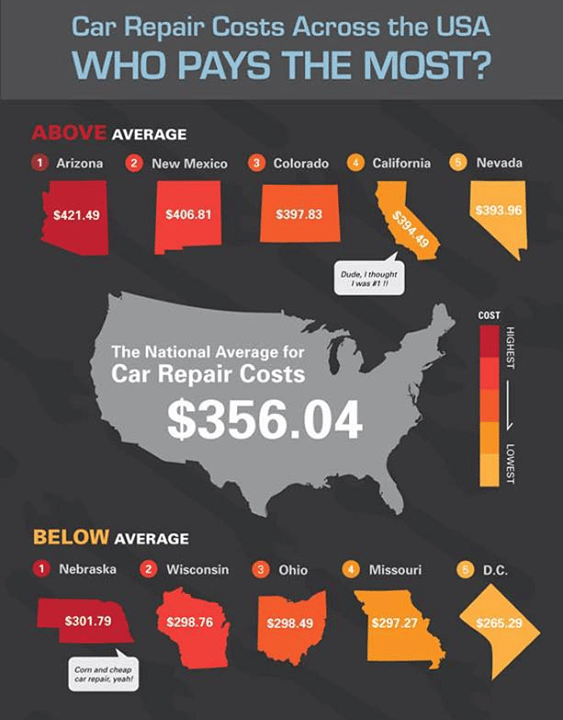Wondering Regarding The Definition Behind Those Dashboard Caution Lights? Gain Understandings Right Into Their Implications For Your Vehicle'S Safety And Security And Upkeep
Wondering Regarding The Definition Behind Those Dashboard Caution Lights? Gain Understandings Right Into Their Implications For Your Vehicle'S Safety And Security And Upkeep
Blog Article
Post By-Higgins Winters
When you're behind the wheel, those beautiful caution lights on your control panel can be a little bit difficult. Do you recognize what they're attempting to inform you about your auto's health and wellness? Comprehending the relevance of these lights is essential for your safety and security and the durability of your automobile. So, the next time one of those lights turns up, would not you wish to understand its message precisely and take the necessary actions to resolve it?
Common Caution Lighting and Interpretations
Identify typical caution lights in your automobile and understand their meanings to make sure safe driving.
One of the most regular caution lights consist of the check engine light, which signals issues with the engine or discharges system. If https://martintoidx.bleepblogs.com/30788692/interested-in-recognizing-the-most-effective-car-repair-shop-close-to-you-check-out-the-top-10-pointers-that-will-certainly-direct-you-in-making-an-informed-decision comes on, it's important to have your vehicle examined promptly.
The oil stress cautioning light indicates low oil stress, calling for immediate interest to stop engine damages.
check out the post right here flashing battery light could recommend a faulty charging system, possibly leaving you stranded otherwise attended to.
The tire stress surveillance system (TPMS) light notifies you to low tire pressure, impacting car security and gas performance. Ignoring this can cause hazardous driving conditions.
The ABS light indicates a trouble with the anti-lock braking system, compromising your capability to quit promptly in emergency situations.
Last but not least, the coolant temperature alerting light warns of engine overheating, which can lead to extreme damages otherwise dealt with quickly.
Understanding these common caution lights will assist you resolve issues without delay and keep secure driving problems.
Value of Prompt Interest
Recognizing the usual caution lights in your vehicle is only the first step; the relevance of immediately dealing with these warnings can't be highlighted sufficient to ensure your safety on the road.
When a caution light illuminates on your dashboard, it's your car's way of communicating a prospective concern that needs interest. Disregarding these warnings can lead to extra serious troubles down the road, endangering your safety and security and potentially costing you more in repairs.
Motivate focus to alerting lights can prevent break downs and mishaps. For example, a flashing check engine light could indicate a misfire that, if left ignored, could trigger damages to the catalytic converter. Resolving this without delay can conserve you from an expensive fixing.
Likewise, https://brakepads94948.buyoutblog.com/30319359/personal-trip-renewing-my-old-vehicle-with-a-weekend-break-explaining-task alerting light might signal reduced brake fluid or worn brake pads, critical elements for your safety when driving.
Do It Yourself Troubleshooting Tips
If you observe a warning light on your control panel, there are a few DIY repairing suggestions you can try before looking for specialist aid.
The initial step is to consult your car's manual to understand what the certain warning light indicates. Often the issue can be as basic as a loose gas cap activating the check engine light. Tightening the gas cap may fix the trouble.
One more typical issue is a reduced battery, which can trigger different warning lights. Inspecting the battery links for rust and guaranteeing they're safe might fix the trouble.
If a caution light continues, you can try resetting it by disconnecting the vehicle's battery for a few mins and then reconnecting it. Furthermore, checking your lorry's fluid levels, such as oil, coolant, and brake fluid, can assist troubleshoot cautioning lights connected to these systems.
Conclusion
Finally, recognizing your vehicle's caution lights is important for keeping your automobile running efficiently and securely. By quickly attending to pop over to this site and understanding what they indicate, you can avoid expensive repairs and prospective break downs.
Remember to consult your auto's guidebook for certain information on each advising light and do something about it appropriately to make sure a trouble-free driving experience.
Stay educated, remain safe on the road!
